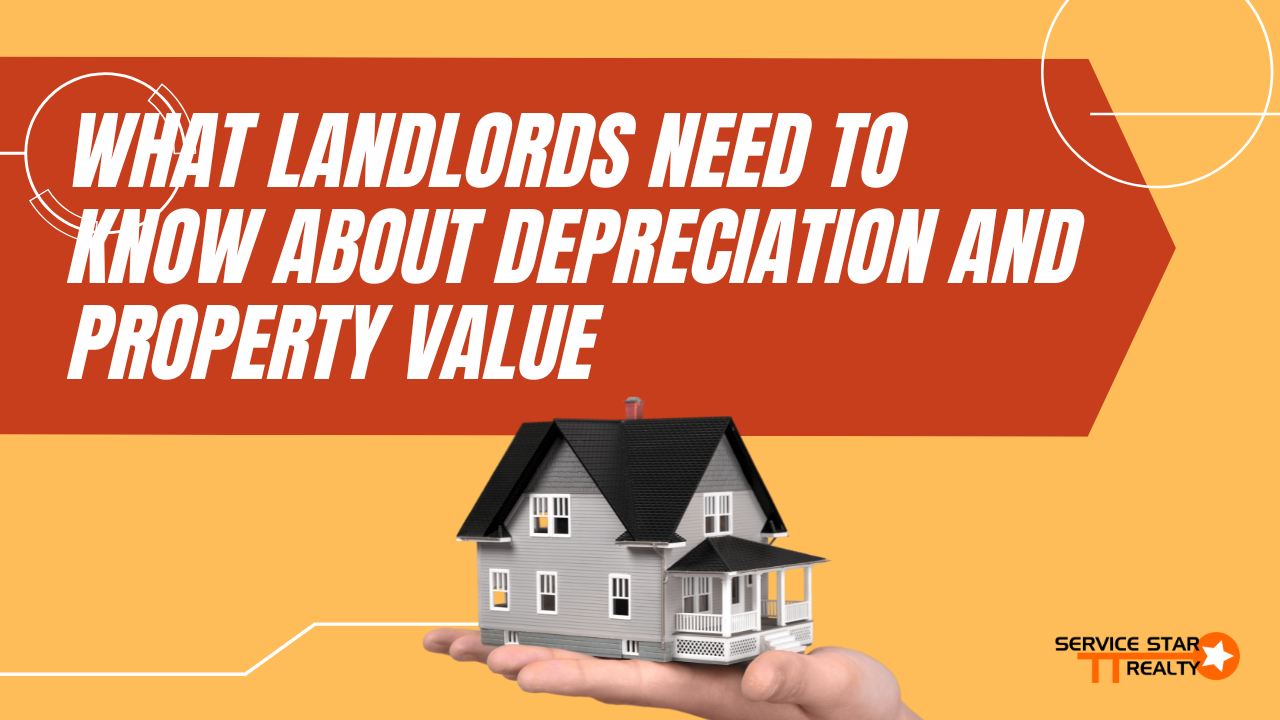Key Takeaways
Depreciation Is a Valuable Tax Tool - Depreciation allows landlords to reduce taxable income annually—even if the property's market value is rising—by spreading the cost of the building (not land) over 27.5 years for residential rentals.
Proper Eligibility and Timing Matter - Only income-producing properties that landlords own and place in service (ready for rent) are eligible for depreciation. It begins once the property is available for rent, not necessarily when it's occupied.
Accurate Record-Keeping Is Crucial - Landlords must maintain clear records of purchase costs, capital improvements, and depreciation schedules to file taxes accurately and avoid issues with depreciation recapture when selling.
Avoid Common Depreciation Mistakes - Misclassifying capital improvements as repairs, using the wrong basis, or failing to depreciate at all can lead to tax complications. Understanding IRS guidelines and consulting professionals helps prevent costly errors.
Depreciation offers significant tax advantages for landlords and is a key method for reducing taxable rental income. It allows property owners to reduce their taxable rental income year after year, even if the property is increasing in market value.
For landlords, knowing how depreciation works is more than just a tax matter. It impacts your cash flow, tax obligations, and how much profit you walk away with when you eventually sell your property.
There are many misconceptions, such as thinking depreciation only applies when a property loses market value or believing it is optional.
Service Star Realty has put together this detailed guide covering everything you need to know about rental property depreciation and how it impacts property value.
Understanding Depreciation
What Is Depreciation?
Depreciation is the process of spreading out the cost of an income-producing property over its useful life. It reflects wear and tear on the building, appliances, and other capital items, as recognized by the IRS.
This concept should not be confused with market depreciation, which is when a property declines in value due to economic conditions or physical damage. Tax depreciation can still be claimed even if your property increases in market value.
How Depreciation Works for Rental Properties
For residential rental properties, the IRS has established a recovery period of 27.5 years. This means the cost of your building (not the land) can be deducted evenly over that period.

This reflects the government’s estimate of how long the property will be useful as an income-producing asset. You can begin depreciation once the property is placed into service, which means it is ready and available to rent.
Who Is Eligible to Claim Depreciation?
Not every property or owner qualifies for depreciation. To claim depreciation:
You must own the property. Leased property does not qualify.
The property needs to serve as a source of rental income in order to qualify.
It must have a determinable useful life, which means it wears out or gets used up over time.
You can begin depreciating your property as soon as it is available for rent, even if it is not currently occupied. Depreciation continues until the full cost is recovered or the property is no longer in service.
Calculating Depreciation
Step 1: Determine the Cost Basis
To calculate depreciation, you first need to determine your cost basis in the building. This includes the purchase price of the property minus the value of the land, since land cannot be depreciated.
You may also include settlement costs such as legal fees, recording fees, or title insurance. If you make improvements later, those costs are added to your basis.
Step 2: Choose a Depreciation Method
The most common system for residential rental properties is the General Depreciation System (GDS), which spreads the deduction over 27.5 years.

In some cases, you may use the Alternative Depreciation System (ADS), which spreads it out over 40 years and applies in specific situations like certain foreign properties or tax-exempt use.
Step 3: Apply the MACRS Schedule
The IRS uses the Modified Accelerated Cost Recovery System (MACRS) to calculate annual depreciation.
This system provides specific percentages for how much of the building’s cost can be deducted each year, depending on the method and convention (typically mid-month for residential rentals).
Depreciation vs. Deductions
Operating Expenses vs. Capital Expenses
Depreciation is not the same as deducting operating expenses. Operating expenses are ongoing costs such as utilities, maintenance, and property management fees.These types of expenses are eligible for full deduction in the year they occur.
Capital expenses, on the other hand, improve the property or extend its useful life. These must be added to the cost basis and depreciated over time. For example, a roof repair is usually deductible as a maintenance cost, but a full roof replacement is a capital improvement and must be depreciated.
Examples
If you buy a new appliance, you may be able to deduct the cost using Section 179 or bonus depreciation rules, depending on how the appliance is used and its value. Repairs like fixing a leaky faucet are operating expenses, while remodeling a bathroom is a capital improvement.
Tax Implications and Reporting
Depreciation lowers your annual taxable rental income, but it also affects your taxes when you sell the property.
The IRS will recapture the depreciation taken, taxing it at a maximum rate of 25 percent. This is called depreciation recapture and applies whether or not you claimed the depreciation.
You will need to report depreciation each year on IRS Form 4562 and Schedule E of your tax return. Keeping accurate records of your basis, improvements, and past depreciation is critical for tax filing and avoiding issues during an audit.
Common Mistakes and Pitfalls
Many landlords make errors with depreciation. These include:
Forgetting to depreciate when first renting out the property.
Misclassifying expenses as repairs when they should be capitalized.
Using the wrong basis or failing to adjust for improvements.
Not understanding how depreciation recapture works during a sale.
Changing depreciation methods mid-stream without proper IRS procedures.
Mistakes can lead to underpayment of taxes or complications during a sale, and fixing errors often requires amending previous tax returns.
Bottom Line
Depreciation is a key tax benefit that every landlord should understand and use correctly. It can improve your cash flow, lower your taxes, and help you plan better for the sale of your property.
To do this right, you must keep detailed records, understand the IRS rules, and separate repairs from capital improvements.
Service Star Realty helps landlords take full advantage of depreciation by maintaining accurate records, guiding capital improvement tracking, and ensuring all required information is ready for tax time.
Contact Service Star Realty today to learn how our team can help you manage your rental property with confidence and maximize your investment through smart tax.
Service Star Realty
1525 N Granite Reef #16, Scottsdale, AZ 85257
(480) 426-9696















